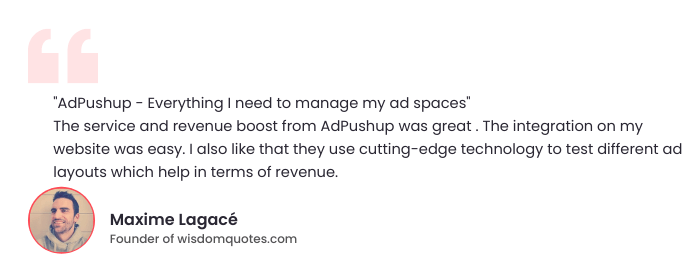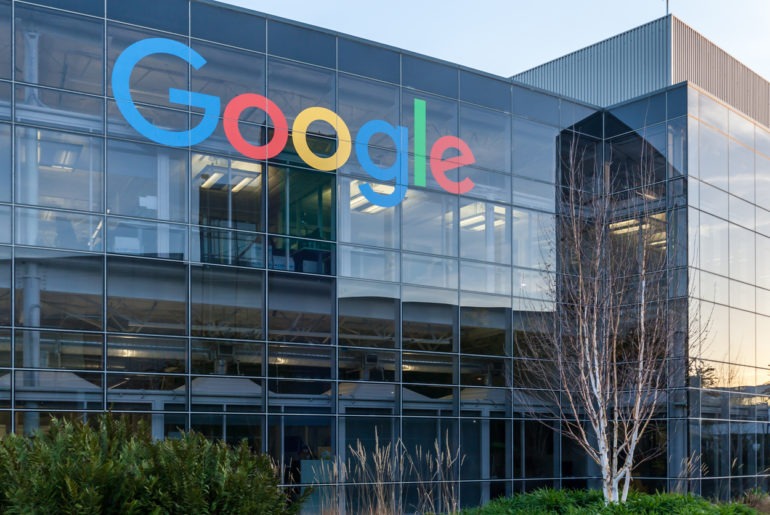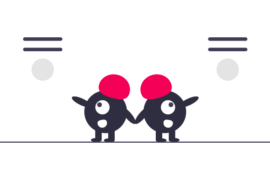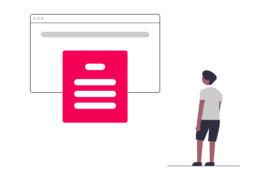As the world’s most popular ad serving platform available for publishers, Google Ad Manager is often prone to changes and updates. Some changes work in the favor of publishers while some might be too early to comment on. Google’s recently announced changes to Ad Manager’s policies follows suit with the latter.
Google announced an update in System Maximum and Limits done to explicitly define use of specific line items types including Sponsorship, Standard, Price Priority, Network, Bulk, and House line items.
As per Google’s official update, these changes are being implemented to prevent the 1% of publishers worldwide who misuse line items. Publishers have until May 2020 to understand this update and how it might impact them.
What Is The Update?
Google has regulated the limits on the use of line items with this update. All line items come with a specific use case and publishers have been linked in the past with misusing this attribute. According to Google, publishers were previously incorrectly setting up AdExchange and AdSense line items. But Google Ad Manager will now count this as an invalid activity. If a publisher wishes to use certain line items for a case other than its specified use, a contractual agreement with Google is required for authorization.
Here’s how the use case is defined for the line item types mentioned above:
| Line Item Type | Specific Use | Example |
| Sponsorship and Standard | Used for representing guaranteed demand. | Direct advertiser deals with a fixed price and guaranteed volume — Programmatic Guaranteed. |
| Price, Bulk, and Network | Used for representing non-guaranteed demand. | Third-party ad networks or exchanges. |
| House | Used for representing demand where Ad Manager account owns the product or service being advertised. | To promote in-house product and services – showing a banner to promote your webinar – for no or low revenue generation. |
A Quick Explanation On How Line Items Function
As Google defines them, ‘line items capture the delivery details for your advertiser. Later, line items are also used to capture creative details. A creative is the ad that actually shows on your website or app.’
In other words, line items capture the specifics of a purchase request or order. These specifics include the number of times a creative will appear, how many ad units will be targeted, etc.
Line items are used in Ad Manager to determine the priority of ad serving. All line item types come with a numerical value which indicates priority. The lower the numerical value, the higher the priority a line item receives.
Currently, Ad Manager has nine line items with different levels of priority. These are as follows:
| Line Item Type | Priority |
| Sponsorship | 4 |
| Standard | 6,8,10 |
| Ad Exchange | 12 |
| AdSense | 12 |
| Network | 12 |
| Bulk | 12 |
| Price Priority | 12 |
| House | 16 |
| Click-tracking Only | N/A |
For example, if Sponsorship line items come with a priority valued at 4 while Bulk line items have a priority set at 12, the latter will be weighed down by Sponsorship line items. They will have a significantly better chance of winning impressions than Bulk line items.

Impact Of The Ad Manager Update
The update triggered negative responses from several publishers. Initial confusion revolved around whether the changes in line items will negatively impact private marketplace deals booked as Sponsorship or Standard line items.
Google was quick to clear this confusion:
Google further specified that this change will have zero impact on publishers (99%) who use line items correctly. The update will only affect the remaining 1% who are incorrectly or maliciously using AdExchange or AdSense line items.

Closing Thoughts
The impact of this update has still not been experienced by a majority of publishers. For this reason, it’s too early to comment on whether or not this works in favor of publishers. The essential question however remains in place, is control from publishers’ hands slowly slipping away?
“The first complaint is that every Google product change takes a bit more control from publishers, limiting their flexibility in how they set up their stack.”
AdExchanger
Common opinion seems to be against Google’s recent changes. However, It is important to note that the impact of the update is still unmeasured and can only be estimated in the coming months.

Shubham is a digital marketer with rich experience working in the advertisement technology industry. He has vast experience in the programmatic industry, driving business strategy and scaling functions including but not limited to growth and marketing, Operations, process optimization, and Sales.







